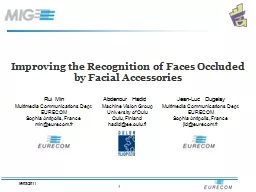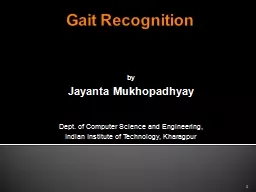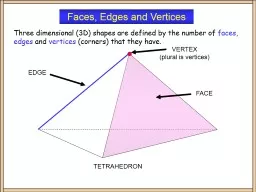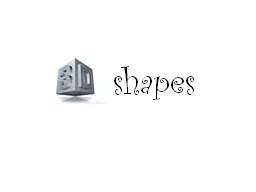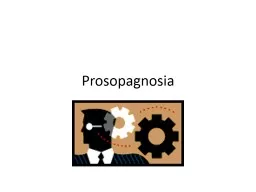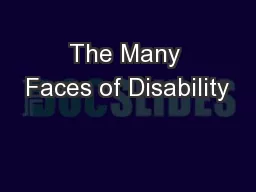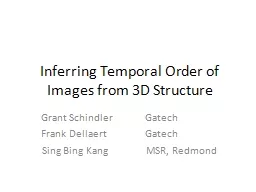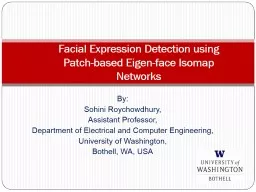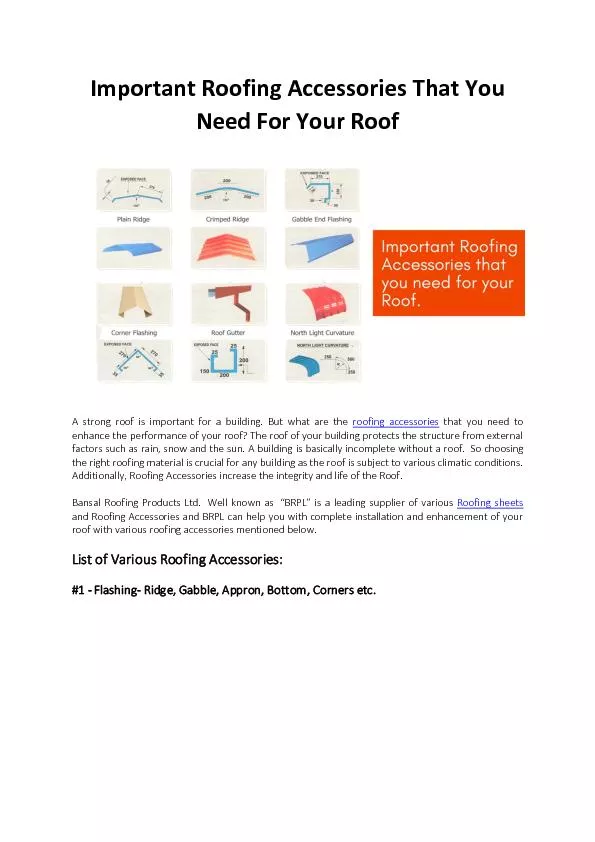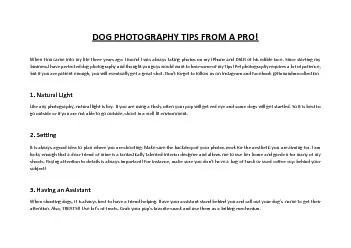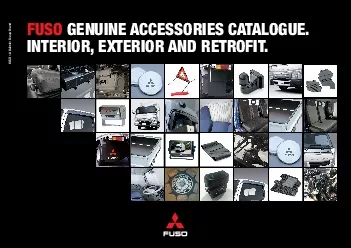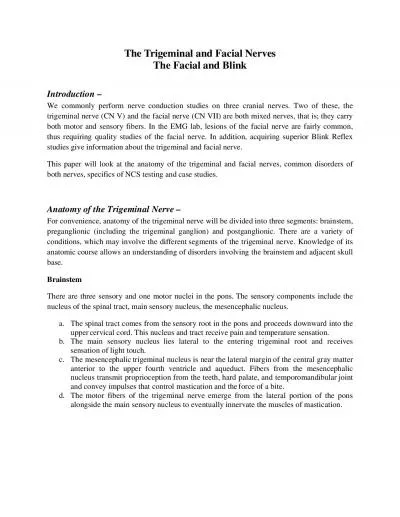PPT-Improving the Recognition of Faces Occluded by Facial Accessories
Author : groundstimulus | Published Date : 2020-06-15
16032011 1 Rui Min Multimedia Communications Dept EURECOM Sophia Antipolis France mineurecomfr Abdenour Hadid Machine Vision Group University of Oulu Oulu Finland
Presentation Embed Code
Download Presentation
Download Presentation The PPT/PDF document "Improving the Recognition of Faces Occlu..." is the property of its rightful owner. Permission is granted to download and print the materials on this website for personal, non-commercial use only, and to display it on your personal computer provided you do not modify the materials and that you retain all copyright notices contained in the materials. By downloading content from our website, you accept the terms of this agreement.
Improving the Recognition of Faces Occluded by Facial Accessories: Transcript
Download Rules Of Document
"Improving the Recognition of Faces Occluded by Facial Accessories"The content belongs to its owner. You may download and print it for personal use, without modification, and keep all copyright notices. By downloading, you agree to these terms.
Related Documents

